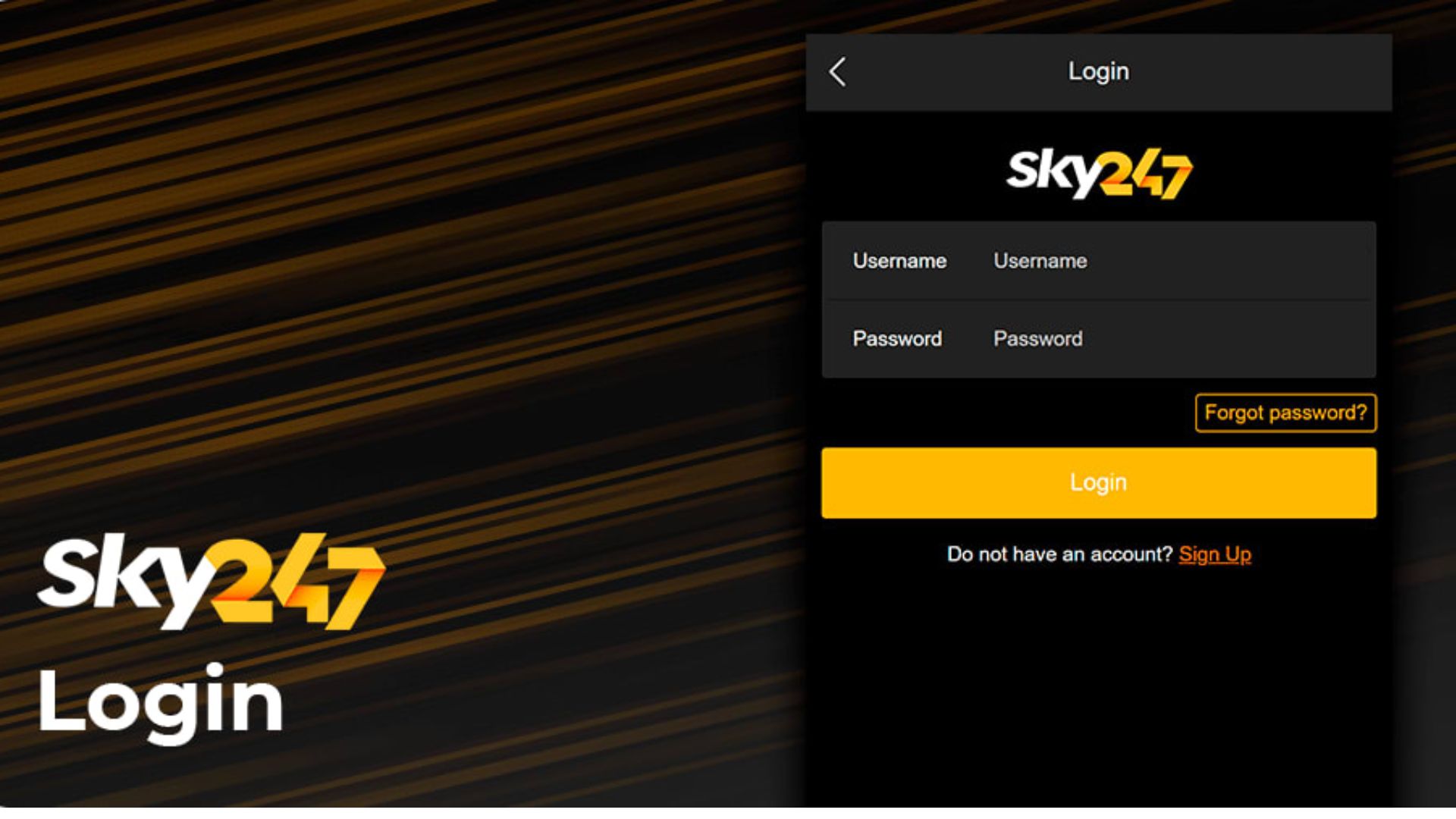
The 2nd very popular search engine in the world is YouTube. On average, 2.4 billion people use YouTube every day, and 1 billion people watch it every month. It goes without saying that YouTube is a fantastic advertising medium. The enormous amount of data that is readily available to advertisers and their capacity to calculate a quantifiable return on investment.
Although YouTube advertisements may produce excellent results, many companies and content creators have a tight marketing budget. They are hesitant to invest money on a film and run advertisements because they believe the costs would be prohibitive.
The usual YouTube ad cost per view (CPV), which varies depending on the ad’s design, location, and company, is between $0.01 and $0.030. You will pay between $10 and $30 for each 1000 views on your video. In general, it can cost around $2,000 to reach 100,000 viewers. If your advertisement reaches your target demographic, this is not too much. Nevertheless, there is more to discover. You can take 1,00,000 YouTube views from Medium.
HOW MUCH ARE YOUTUBE ADVERTISEMENTS?
According to Influencer Marketing Hub, YouTube advertising may run anywhere from $0.10 to $0.30 per view, with an average spend of $2,000 to reach 100,000 users. Several elements affect how much it will really cost to launch a YouTube advertising campaign:
- Selecting
- Bid
- Ad formats
This implies that you must continually evaluate and reevaluate.
THE PRIMARY FACTORS THAT INFLUENCE THE PRICE OF YOUTUBE ADVERTISING
- target
Google Ad words also disseminates YouTube video advertisements across the internet. Your advertisement is shown to someone who has been identified as a prospective lead based on their interests or behavior by putting up your advertising and campaigns with the correct targets.
Based on where they are in the world, what they are interested in, and the material they prefer, you may use a wide range of targeting techniques to speak to certain groups or niches. To measure engagement, you may run many campaigns with various target populations.
You need to pick carefully to prevent blowing your budget since marketing to some audiences is more expensive than it is to promote to others.
- Offers
The amount of money you’ll spend for YouTube adverts ultimately depends on how much you want to bid for ad placement. A bidding method is used for YouTube placements. The quantity of bidders vying for the same ad spot affects the price of advertising.
Make sure your targeting is in place before configuring your bidding choices because it will determine your expenses.
In most cases, you’ll be placing bids on cost-per-view (CPV) or cost-per-1,000 impressions. You won’t be paid unless someone sees your advertisement for more than 30 seconds or engages with it, whichever occurs first. It also counts as a view if your advertisement lasts less than 30 seconds and the viewer views the entire thing. You have the option to use pay-per-click advertising with several ad types. With PPC, it makes no difference how many people view your advertisement because you only pay when they click on it.
- Establishing a Budget
Establish a daily spending limit for yourself for advertising, and then wait to see whether you need to raise or lower it. Some small firms set aside $5 to $10 every day, while others allocate 50 times their typical order value to a weekly budget.
The nice thing about bidding is that you can decide how much money you’re prepared to spend each day in advance. This protects you from waking up one morning to an empty bank account due to more people responding to your advertisement than you anticipated.
- Configuring Your Bids
You will be prompted to bid a Max Cost Per View when you are ready to set up your campaign. Depending on how much you’ve customized your targeting, YouTube will then present you with a range of bids. Use the “Customize Bids Per Format” option to select if you want to focus on a certain ad format. Depending on your selections, YouTube will offer you a rough estimate of how many views you receive daily. Make sure the forecasts line up with your campaign’s objectives and make the necessary adjustments.
- You’re Campaigns’ Optimization
Focusing on changing and comprehending your analytics can help you optimize your campaigns and make the most of YouTube Advertising. Your Click-Through Rates (CTR) and View Rate are the two metrics that should be your primary concern. These two measures will let you know if your campaign is effective and whether your spending is reasonable. It’s possible that a rival outbid you for the most desirable advertising positions if your advertising initiatives aren’t yielding the desired results.
- Ad Formats
A variety of ad styles with various pricing points and audiences are available on YouTube:
The most popular type of advertisement, skippable in-stream adverts are displayed before, during, or after a video and may be skipped by the user after 5 seconds.
- Non-skippable in-stream advertisements: these are usually 15-20 second long and do not provide the viewer the option to skip them.
- Ads for video discovery can be found on the YouTube homepage or in the search results in the right-hand sidebar.
- Display advertisements are those that are integrated into the YouTube website, usually above the list of suggested videos.
- Overlay advertisements are visual or text adverts that take up 20% of the bottom of the screen’s video.
- Bumper advertisements are unskippable, six-second-long videos.
- Back-to-back advertisements, commonly referred to as ad pods, occur before the commencement of the program.
- Outstream advertisements: As they are only available on mobile devices, they will only be shown on Google video partners and not on YouTube.
- Masthead advertisements are a 24-hour-long digital billboard that are only obtainable by making a reservation with a Google sales person.









